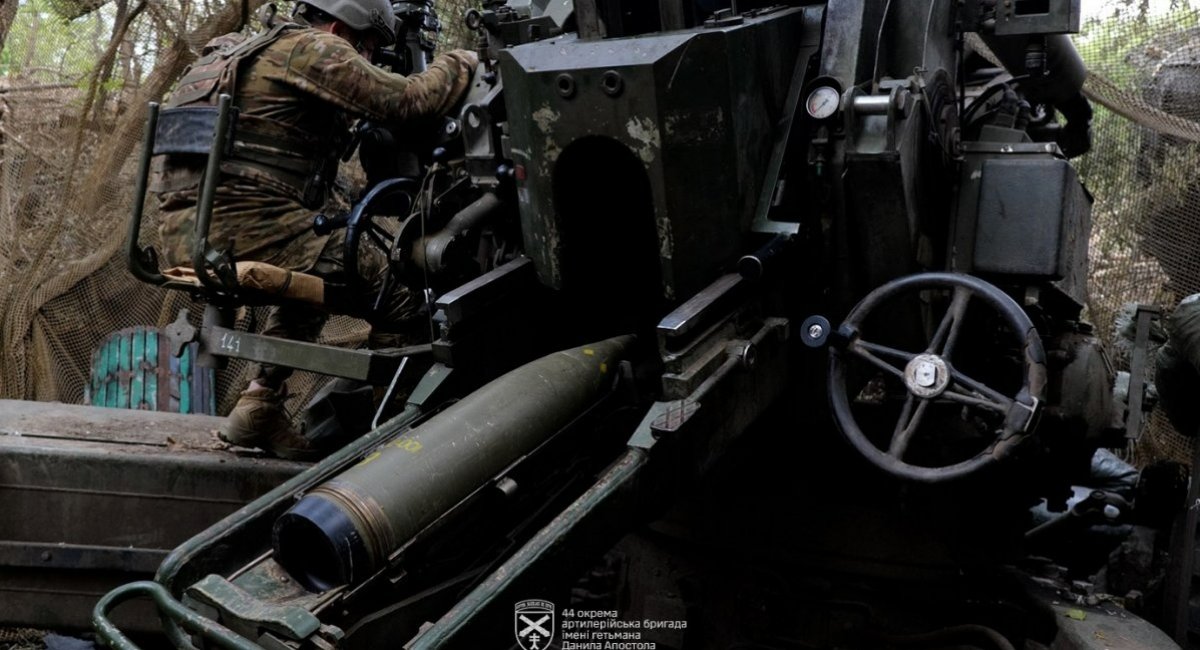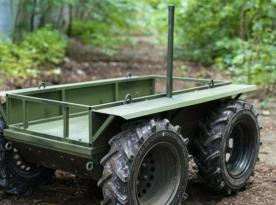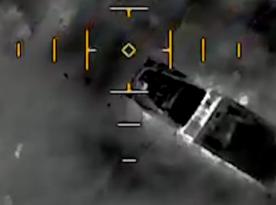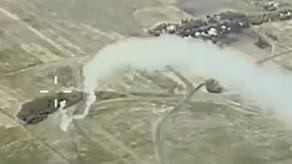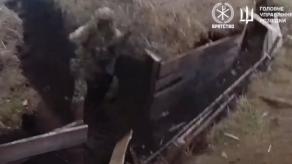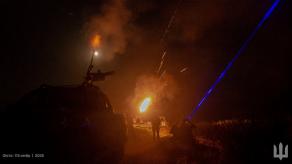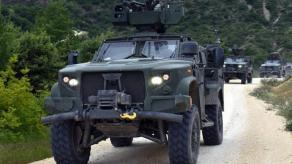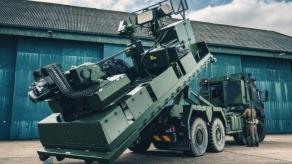Poland has taken a notably cautious approach to estimating its artillery ammunition needs and scaling its domestic production accordingly. This position was outlined by the leadership of Polska Grupa Zbrojeniowa (PGZ), the country’s largest defense industry association, citing data provided by the Polish Ministry of Defense.
Not just that, Poland generally doubts the statistics on artillery shell consumption in the war between Ukraine and russia. This skepticism was directly expressed by PGZ Vice President Arkadiusz Bąk in an interview with Money.pl.
Read more: How Many Weapons Were Exported from Poland to Ukraine in 2024, How Did the D-44 Guns End Up on This List
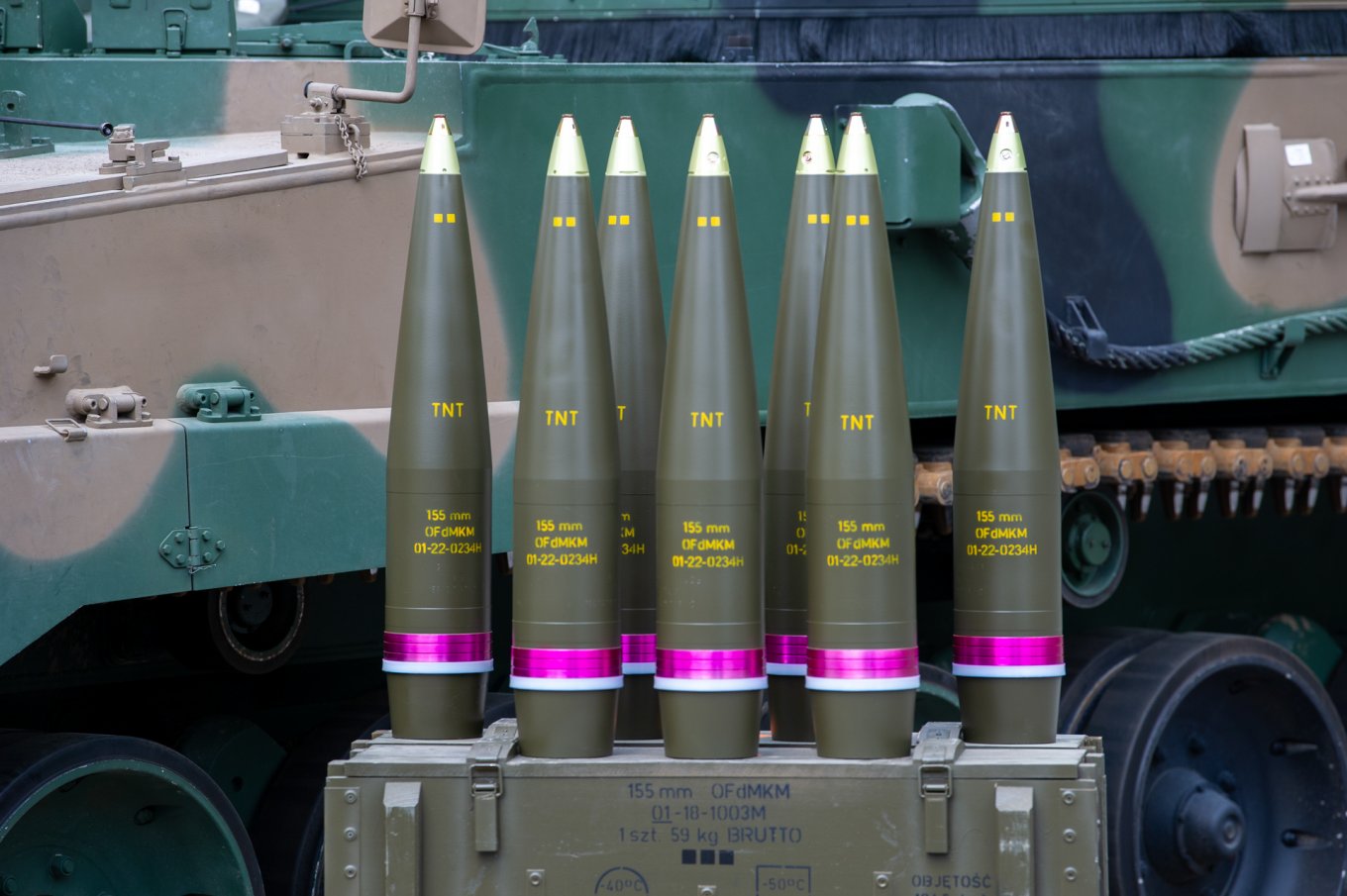
Bąk stated that PGZ plans to produce between 150,000 and 180,000 units of 155mm ammunition annually — roughly 12,500 to 15,000 shells per month. These will be modern, base-bleed extended-range shells capable of reaching targets at 40 kilometers.
However, when asked whether such figures are sufficient — given that Ukraine is reported to be using between 4,000 and 6,000 155mm shells per day, and up to 9,000 during intensified combat — Bąk dismissed these numbers as "significantly inflated."
"If one were to calculate how many howitzers each [side] has and their so-called service life, meaning the number of shots they can fire, it would turn out that all of them would need to be repaired every week. These numbers are significantly inflated, as are all wartime data. The data we receive from our military, which is verifiable through access to the source, is difficult to correlate with Ukrainian military information, or even journalistic information," Bąk said.
He also pointed out that Ukraine still uses a significant number of 152mm artillery systems with ranges of 17–18 km, while Poland focuses on longer-range 155mm shells. The PGZ vice-president emphasized that assessments of Polish needs are made by the Inspectorate for Armed Forces Support, and the company's current output is aligned with their expectations.
Against this background, Defense Express can only quote publicly available, verifiable figures disclosed by Ukraine’s Commander-in-Chief, General Oleksandr Syrskyi, on August 20, 2024.
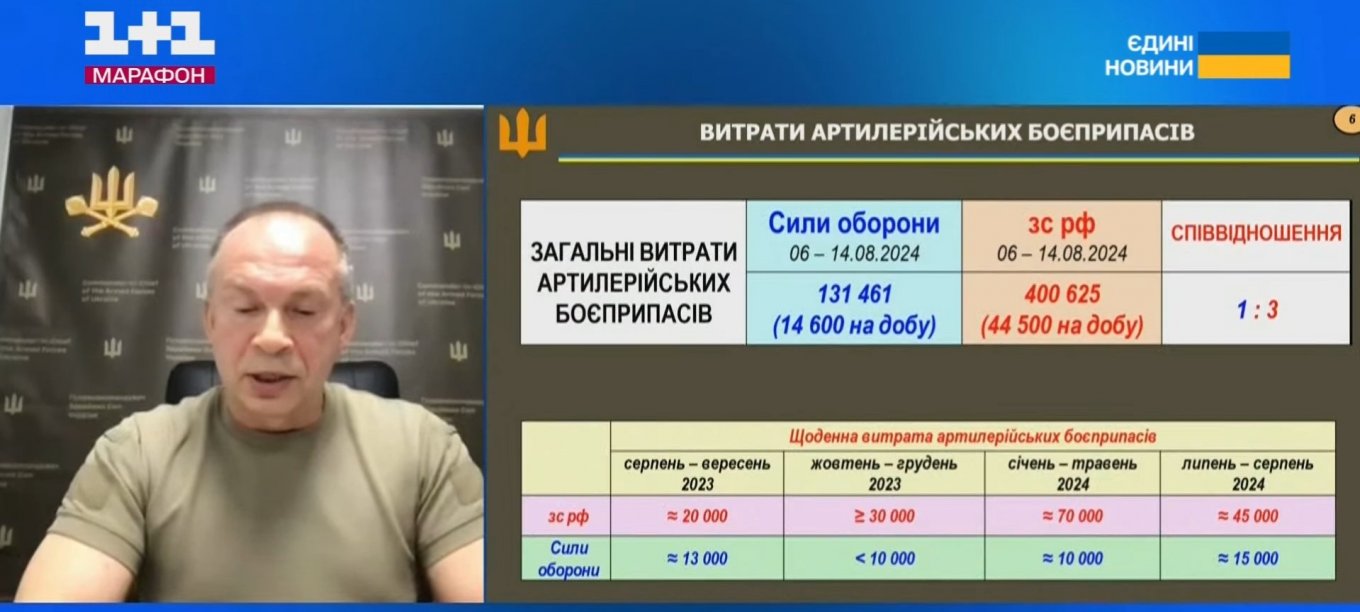
According to Syrskyi, as of summer 2024, Ukraine was firing an average of 14,600 artillery shells daily, compared to russia’s 44,500. Even considering that many of those were old Soviet-era shells, and the figures also included smaller 122mm rounds, the statistics still show that the Ukrainian Defense Forces were consuming thousands of 155mm ammunition every single day.
Moreover, among them were extended-range base-bleed rounds. This makes the stories about the Polish Army being on a different level sound out of place here. And critically, Ukrainian gunners often push their equipment far beyond peacetime service norms, not out of choice, but necessity.
Ultimately, the key issue for Poland is whether its estimates are truly grounded in a realistic threat assessment — or whether they are influenced by the current size of the Polish artillery fleet. At present, Poland operates about 140 self-propelled 155mm systems, primarily the South Korean K9A1 and the domestically developed AHS Krab.
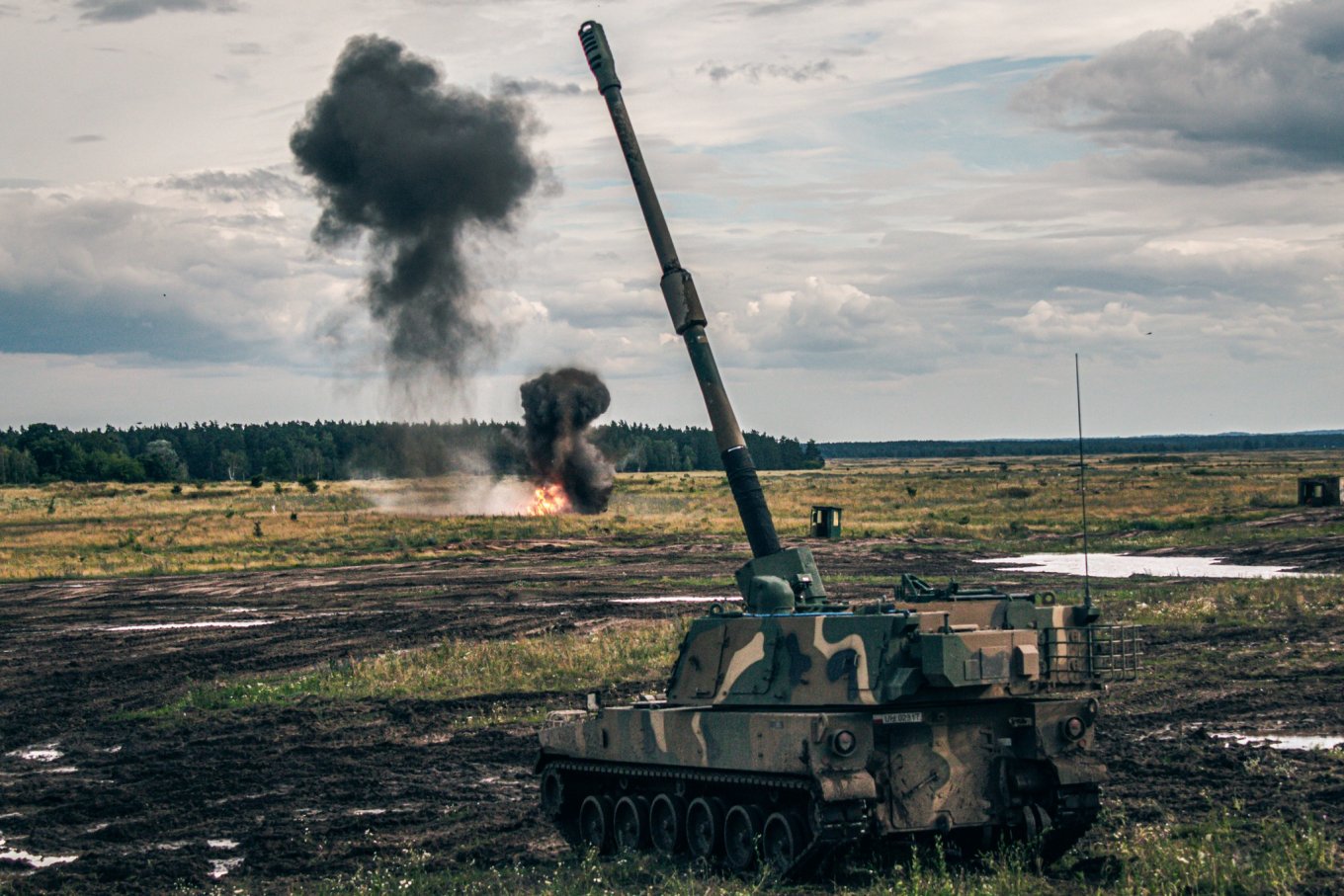
Ukraine, by contrast, has amassed a far larger and more diverse arsenal of 155mm artillery. Over 200 M777 towed howitzers are in service, alongside other towed systems like domestic Bohdana-BG and numerous self-propelled platforms from a wide range of countries.
It’s quite plausible that Ukraine operates four to five times as many 155mm systems as Poland does, which could explain the Polish industry's relatively modest production goals.
In this light, the question may not be whether Ukraine’s reported usage rates are inflated, but whether Poland’s projections are conservative to a fault.
Read more: Spending Billions on Tanks and Helicopters, Poland Can't Find Money For Anti-Drone Systems




